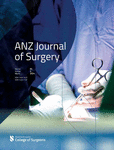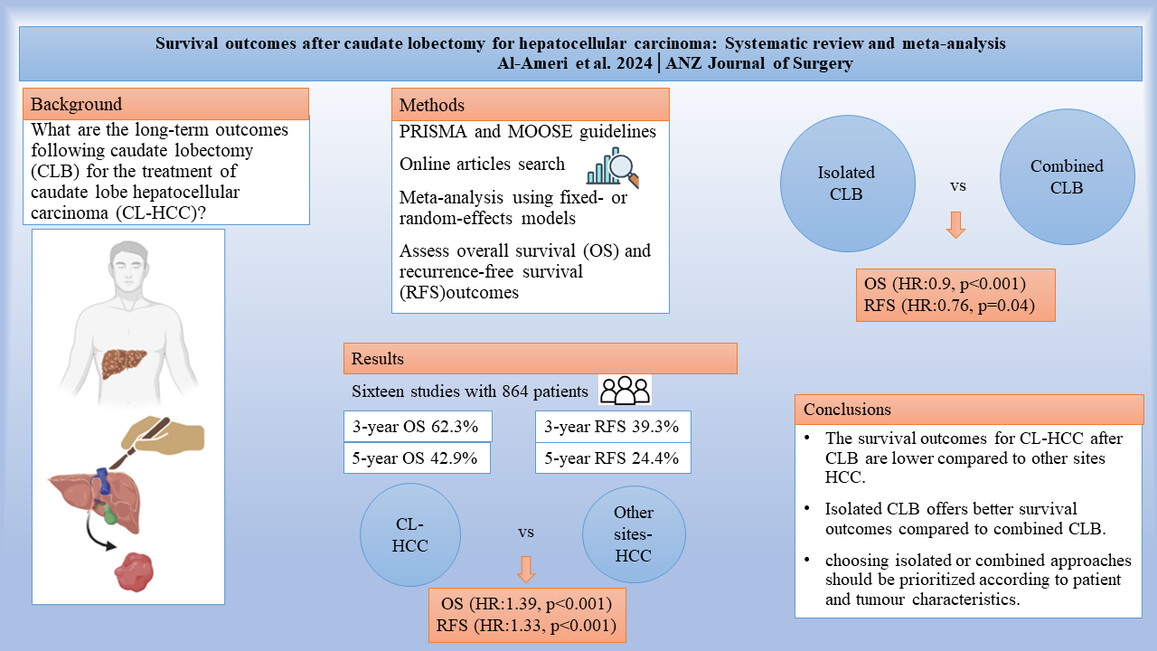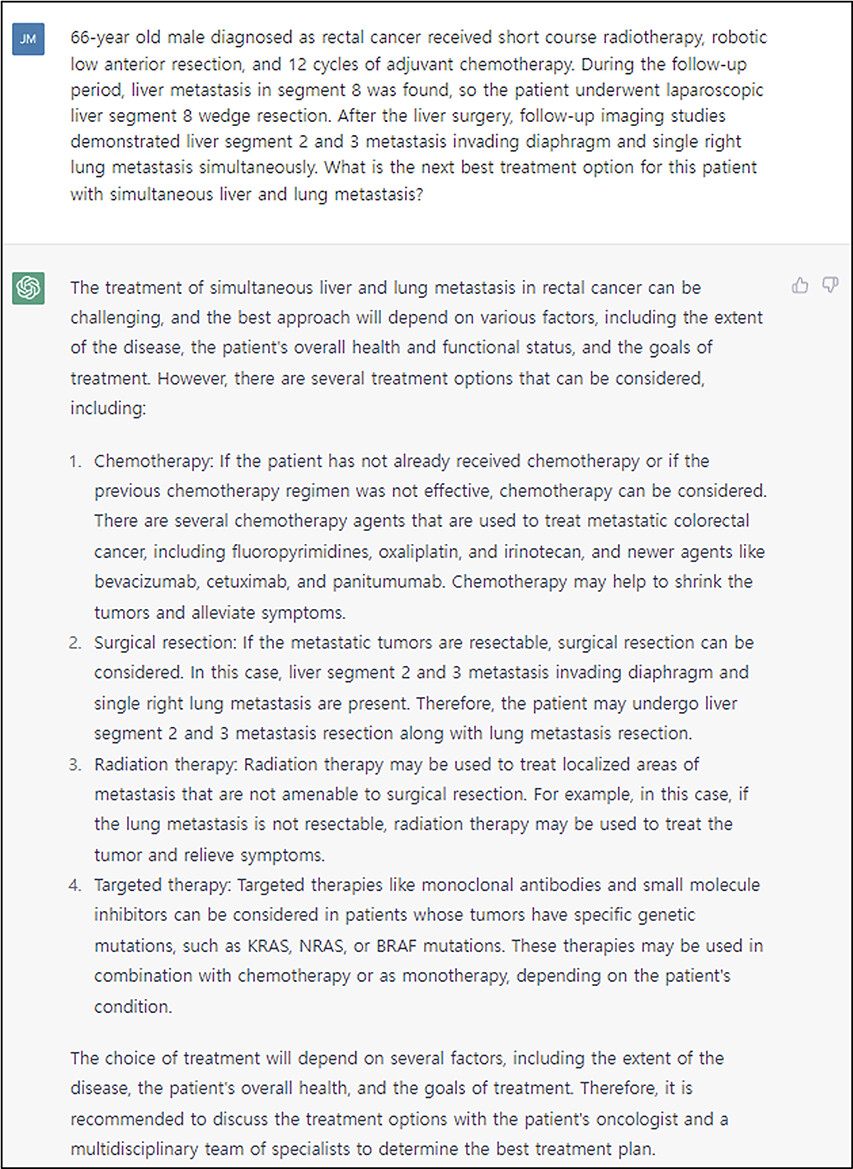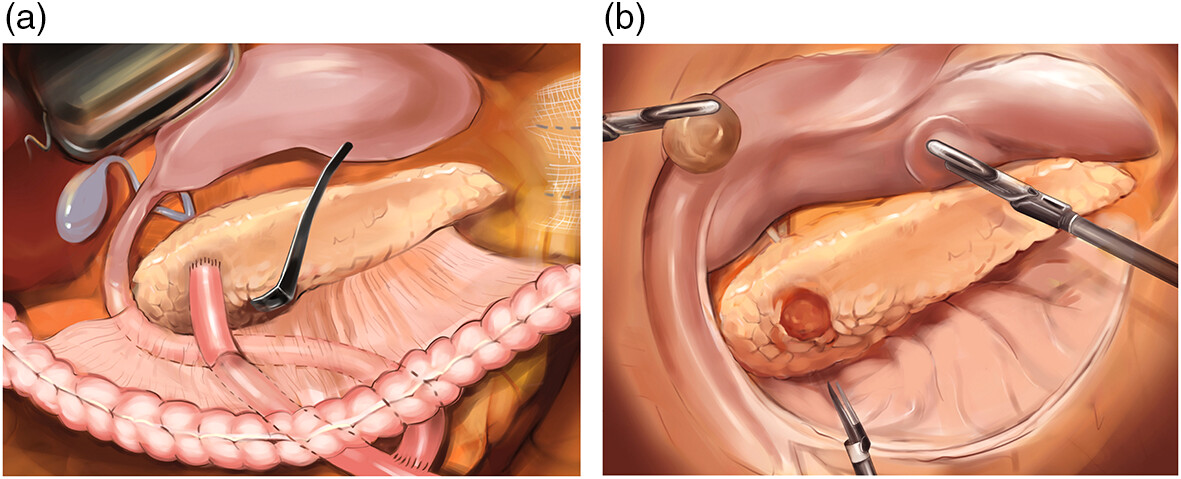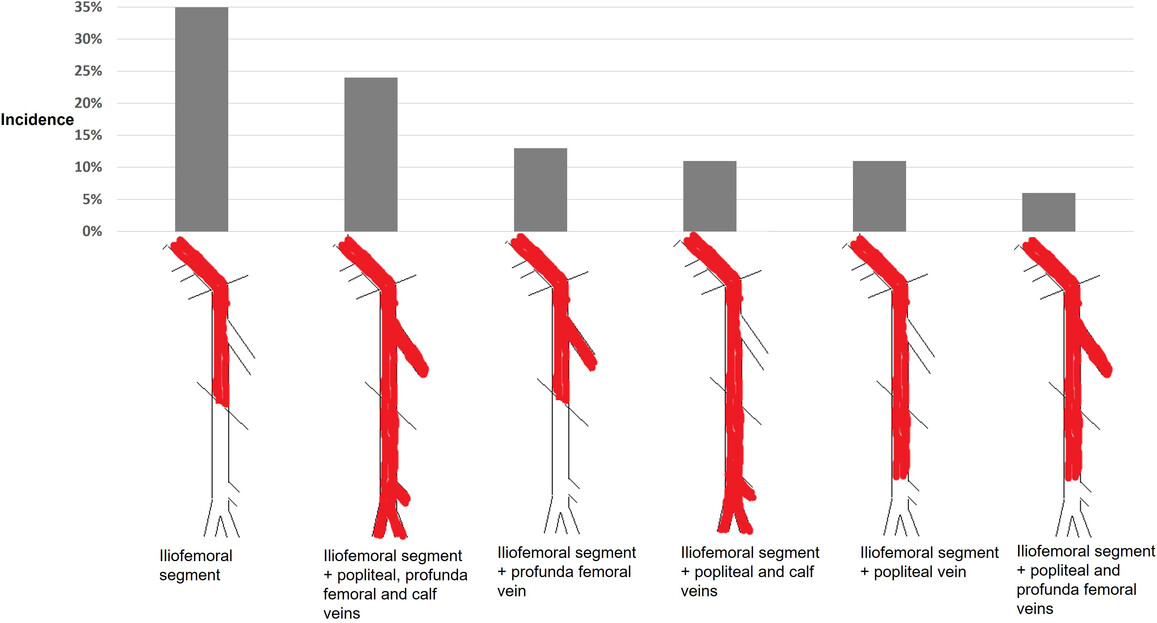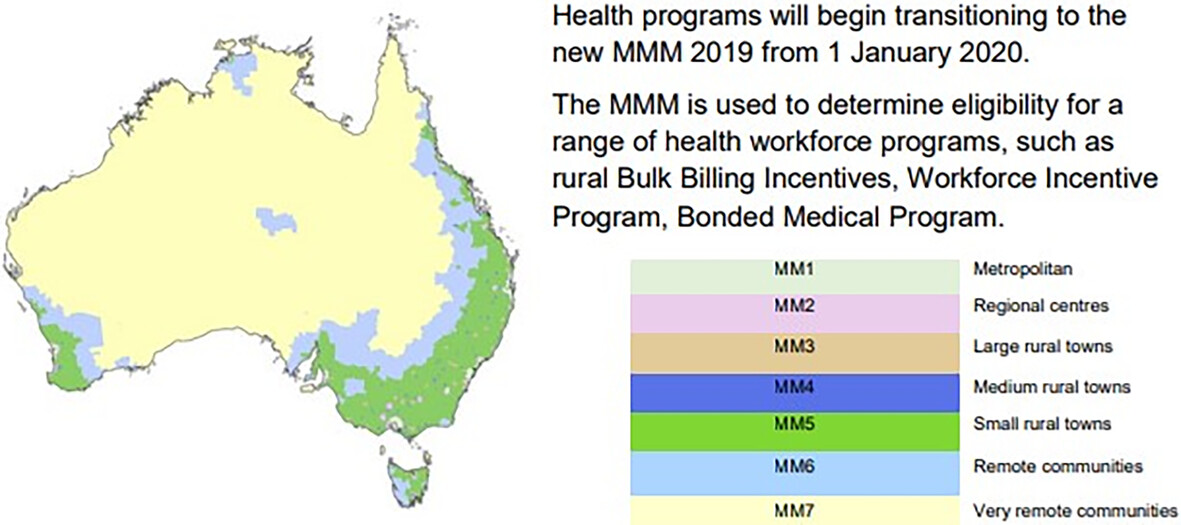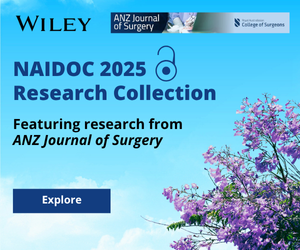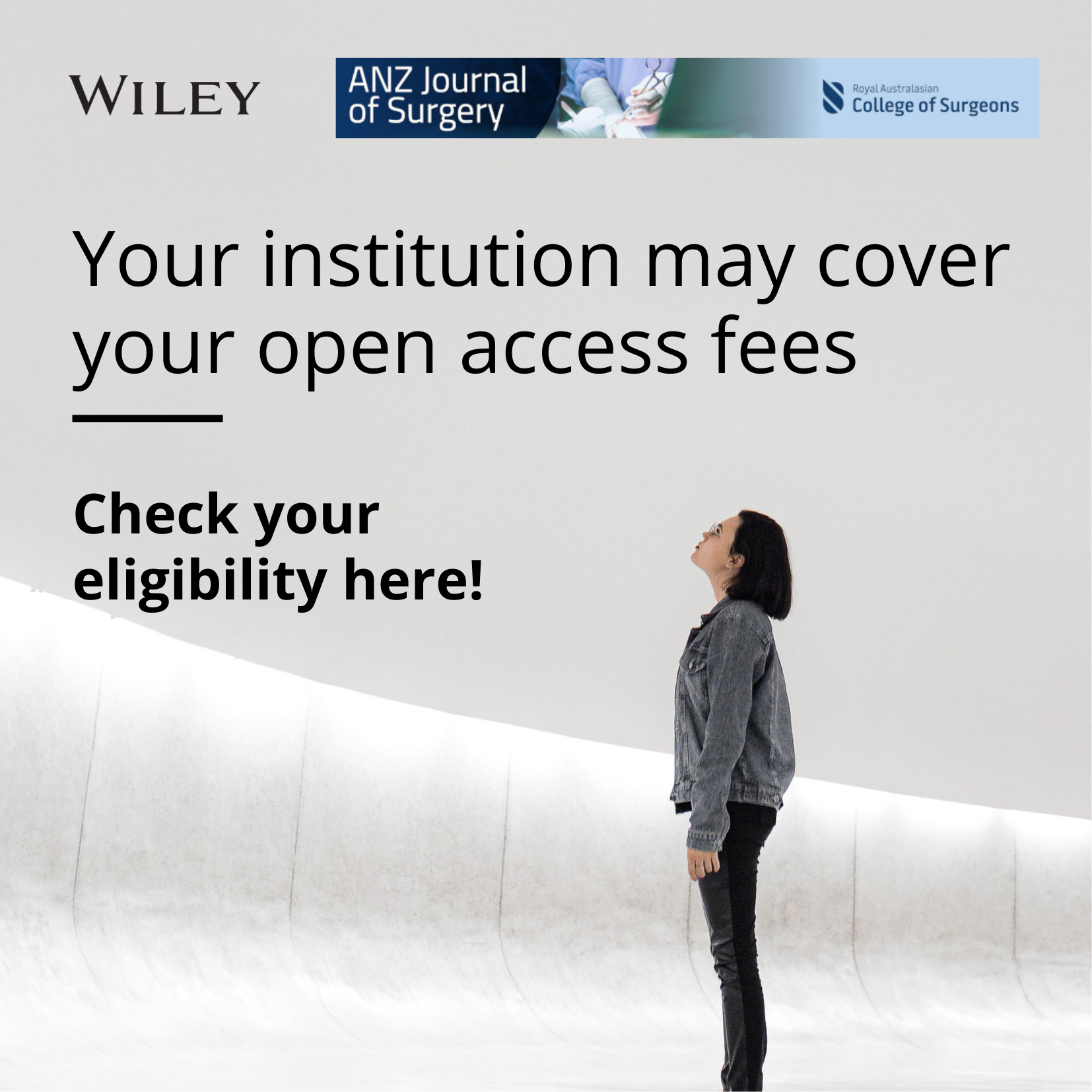Journal list menu
Export Citations
Download PDFs
ISSUE INFORMATION
EDITORIAL
Harnessing AI in decision-making – proceed with caution
- Page: 286
- First Published: 19 March 2024
PERSPECTIVES
Assessment of the bias of artificial intelligence generated images and large language models on their depiction of a surgeon
- Pages: 287-294
- First Published: 13 December 2023
Revolutionizing colorectal surgery with artificial intelligence: not just a pretty robot
- Pages: 295-296
- First Published: 04 January 2024
SPECIAL ARTICLE
The effect of music on the operating surgeon: a pilot randomized crossover trial (the MOSART study)
- Pages: 299-308
- First Published: 23 January 2024
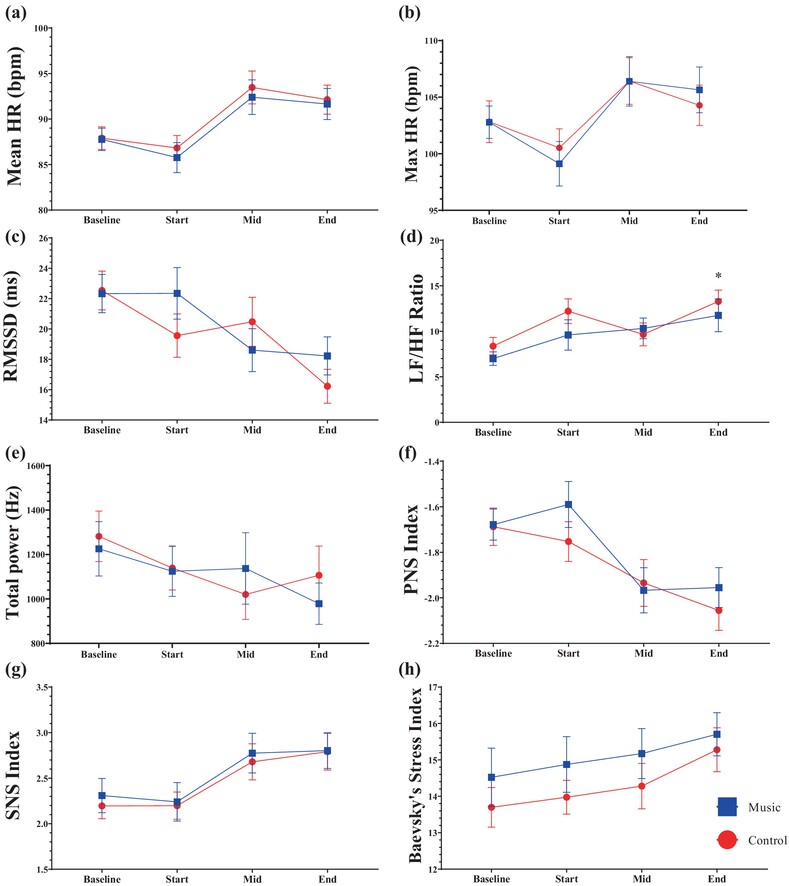
The MOSART study, conducted over 9 months at a single centre, investigated the impact of surgeon-selected background music on stress levels during surgery. The study involved vascular and general surgeons and assessed feasibility, including recruitment rates, practicability, and data completeness, along with heart rate variability, anxiety levels, and surgical task-load. We observed no significant impact of intra-operative music on surgeon stress levels, however, the study established the feasibility of such interventions in the operating theatre and suggests the need for further research in simulated settings with more extensive physiological monitoring.
REVIEW ARTICLES
Complete mesocolic excision for colon cancer: current status and controversies
- Pages: 309-319
- First Published: 18 October 2023

Complete mesocolic excision for colon cancer involves precise dissection of the avascular embryonic plane between the parietal retroperitoneum and visceral peritoneum of the mesocolon. Whether this approach results in improved overall or disease-free survival remains unclear and its role remains controversial particularly given the risk of significant morbidity associated with a more extensive central vascular dissection. As a result of the current state of equipoise, various national guidelines have disparate recommendations as to when complete mesocolic excision should be performed if at all and this article aimed to review the rationale for and technical aspects of complete mesocolic excision, summarize available short and long term outcome data and address current controversies.
From the organ bath to the whole person: a review of human colonic motility
- Pages: 320-326
- First Published: 16 November 2023
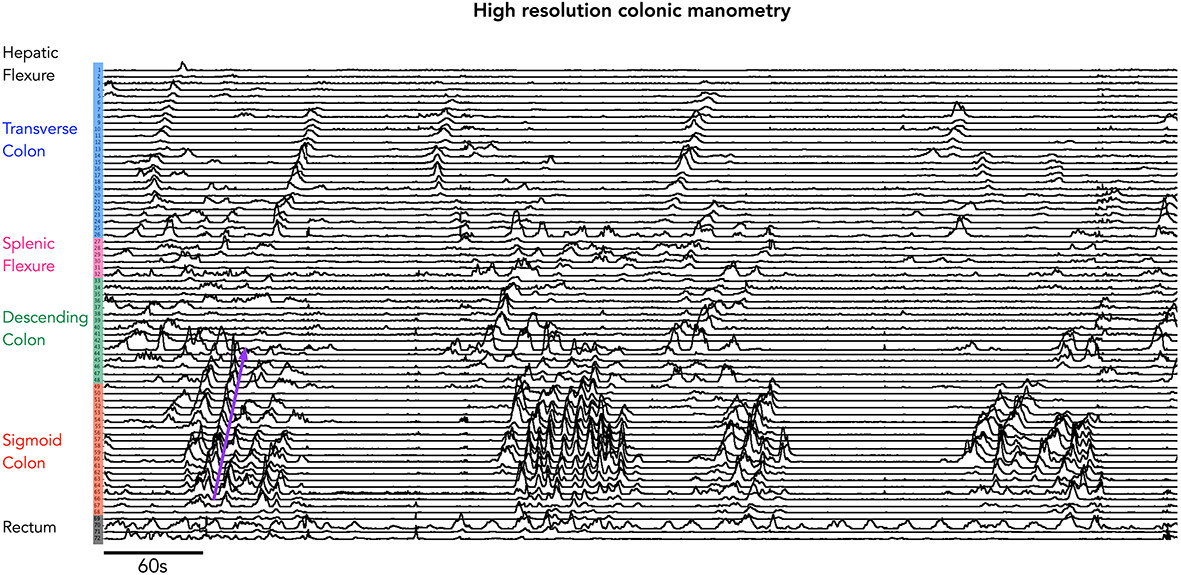
Our current understanding of the mechanisms that underlie colonic motility are based upon a range of experimental techniques, including molecular biology, single cell studies, recordings from muscle strips, analysis of part or whole organ ex vivo through to in vivo human recordings. For the surgeon involved in the clinical management of colonic conditions this amounts to a formidable volume of material. Here, we synthesize the key findings from these various experimental approaches so that surgeons can be better armed to deal with the complexities of the colon.
The association of body composition on chemotherapy toxicities in non-metastatic colorectal cancer patients: a systematic review
- Pages: 327-334
- First Published: 07 December 2023

This review aims to explore available data on the relationship between skeletal muscle and adiposity, and their association with chemotherapy toxicity in non-metastatic colorectal cancer patients. Low skeletal muscle is associated with chemotherapy toxicities in non-metastatic colorectal cancer patients yet the role of adiposity is limited and heterogeneous. More studies are needed to confirm these associations with an emphasis on a more coherent body composition definition and an approach to its assessment.
Survival outcomes after caudate lobectomy for hepatocellular carcinoma: systematic review and meta-analysis
- Pages: 335-341
- First Published: 09 January 2024
ARTIFICIAL INTELLIGENCE IN SURGERY
Exploring the role of an artificial intelligence chatbot on appendicitis management: an experimental study on ChatGPT
- Pages: 342-352
- First Published: 19 October 2023
Evaluation of a chat GPT generated patient information leaflet about laparoscopic cholecystectomy
- Pages: 353-355
- First Published: 22 December 2023

Artificial intelligence is increasingly being used in all aspects of life in information compilation and writing, and this includes healthcare. We have found Chat GPT can generate an acceptable patient information leaflet about laparoscopic cholecystectomy. Such artificial intelligence models can be a useful part of healthcare moving into the future if we use them correctly.
Conversational artificial intelligence (chatGPT™) in the management of complex colorectal cancer patients: early experience
- Pages: 356-361
- First Published: 31 October 2023
Detection of sessile serrated adenoma using artificial intelligence-enhanced endoscopy: an Asian perspective
- Pages: 362-365
- First Published: 27 December 2023
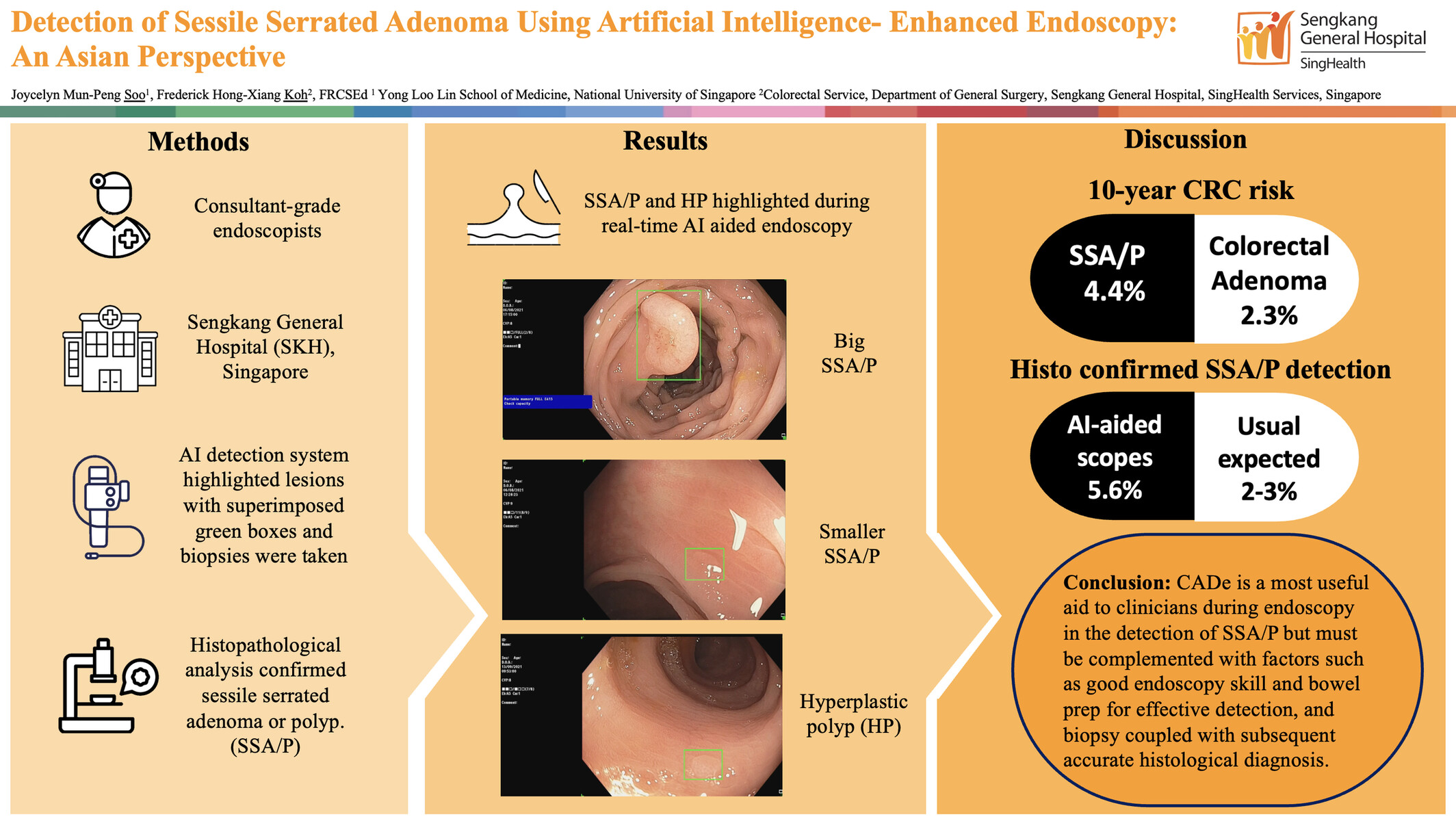
CADe is a most useful aid to clinicians during endoscopy in the detection of SSA/P but must be complemented with factors such as good endoscopy skill and bowel prep for effective detection, and biopsy coupled with subsequent accurate histological diagnosis. In this article, we describe a guide through a video to illustrate the detection of SSA/P during AI-assisted colonoscopy.
UPPER GUT
Spectrum of perforated peptic ulcer disease in a tertiary care hospital in South India: predictors of morbidity and mortality
- Pages: 366-370
- First Published: 19 December 2023
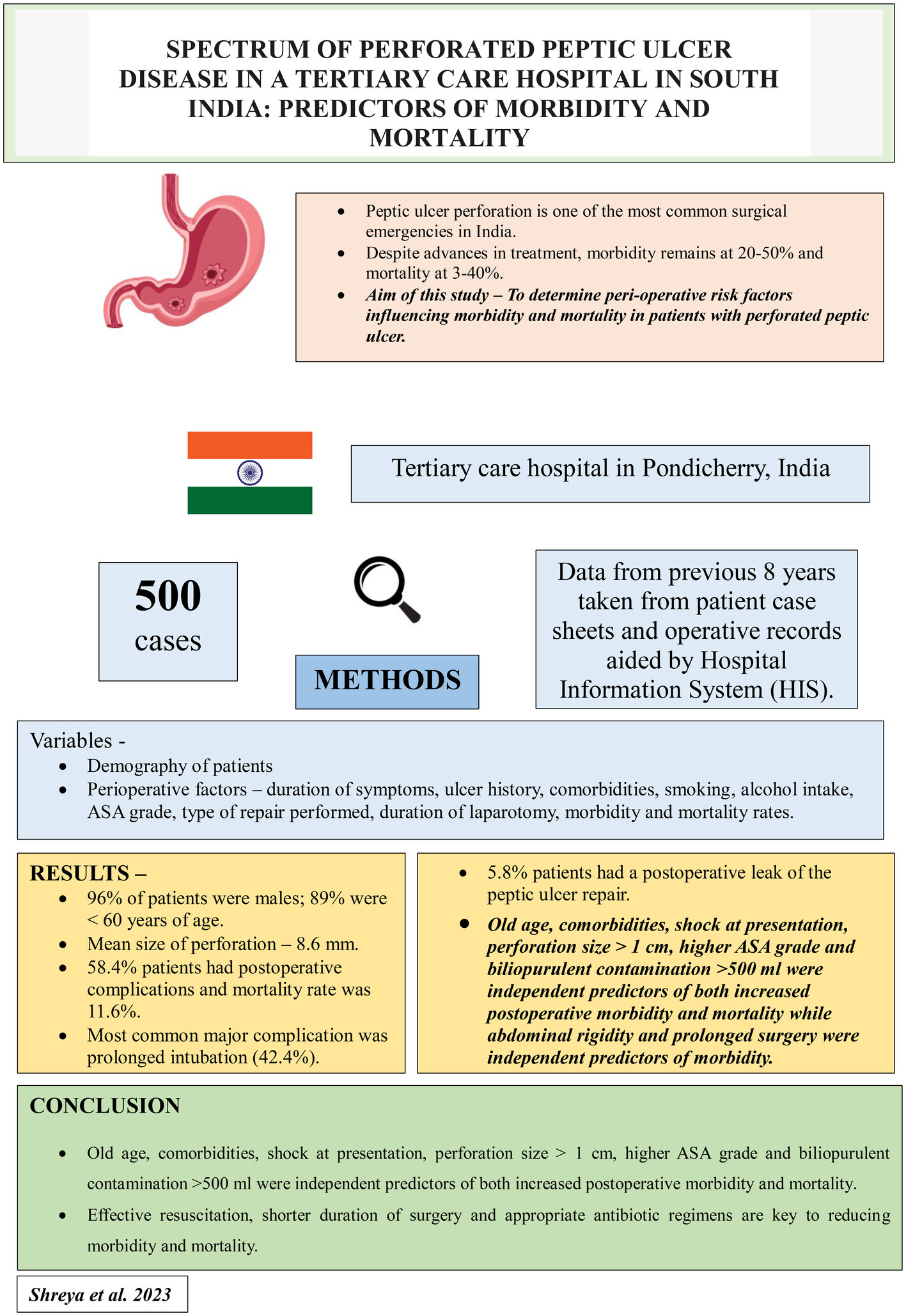
Peptic ulcer perforation is a common surgical emergency in India with significant morbidity and mortality. In this retrospective observational study from our tertiary care centre, 500 patients with perforated peptic ulcer who underwent exploratory laparotomy in an eight year period were analysed. Older age, co-morbidities, higher ASA grade, size of perforation >1 cm, prolonged surgery and volume of biliopurulent contamination >500 mL were found to be associated with increased morbidity and mortality.
Retrospective comparison of outcomes of patients undergoing omental patch versus falciform patch repair of perforated peptic ulcers
- Pages: 371-374
- First Published: 12 October 2023
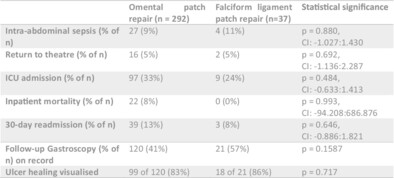
This study aims to determine differences in patient outcomes when comparing the omental patch repair to the falciform ligament repair. Thirty-seven patients had falciform repairs and were mostly ASA of 2 compared to 292 patients receiving omental patch repair who were mostly ASA 3. There were no statistically significant differences in patient outcomes between the omental patch and falciform ligament groups.
HEPATICOPANCREATICOBILIARY SURGERY
Laparoscopic common bile duct exploration: what factors determine success?
- Pages: 375-379
- First Published: 27 October 2023
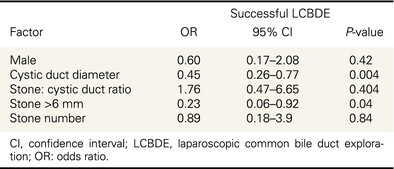
Laparoscopic common bile duct exploration (CBDE) is a safe and effective method of managing CBD stones within a single anaesthetic avoiding the risks associated with ERCP. Factors such as cystic duct diameter, size and number of CBD stones, and stone: cystic duct ratio are associated with an increased chance of failure. Whilst these factors are not absolute contraindications, the presence of them can help clinicians in decision-making during LCBDE to improve chance of success using other methods such as laparoscopic choledochotomy, early conversion to open or ERCP.
Reconsidering the role of prophylactic pancreaticojejunostomy in pancreatic enucleation: balancing the benefits and risks
- Pages: 380-386
- First Published: 20 November 2023
Full robotic cholecystectomy: first worldwide experiences with HUGO RAS surgical platform
- Pages: 387-390
- First Published: 20 November 2023
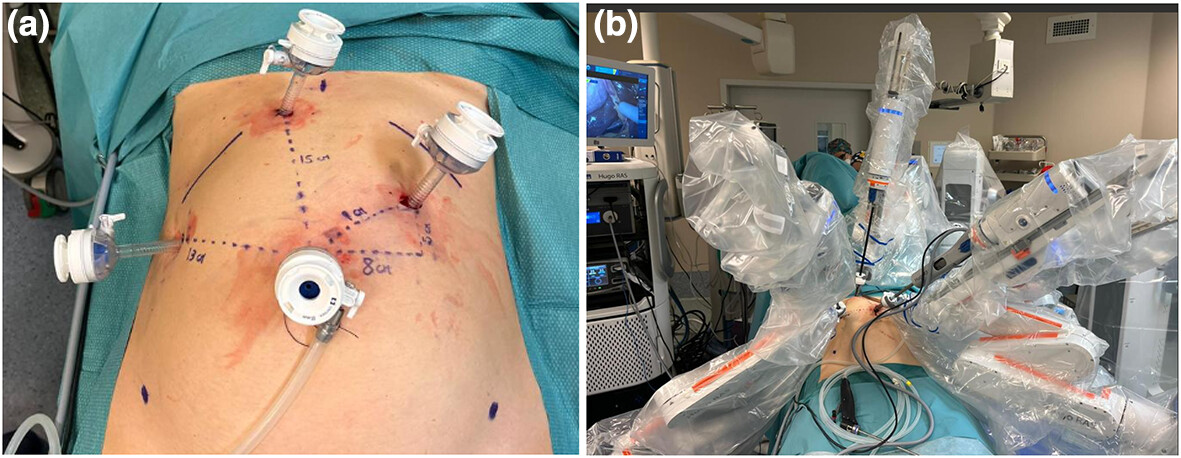
In this work, we report the first worldwide experience of three consecutive cases of full-robotic cholecystectomies with the Hugo RAS™ system. The position of the robotic arms, as well as the trocars sites and the docking angles have been developed and verified by our team in order to guarantee reproducibility and safety.
COLORECTAL SURGERY
Does virtual reality in the preoperative setting for colorectal cancer surgery improve patient understanding? A randomized pilot study
- Pages: 391-396
- First Published: 22 November 2023
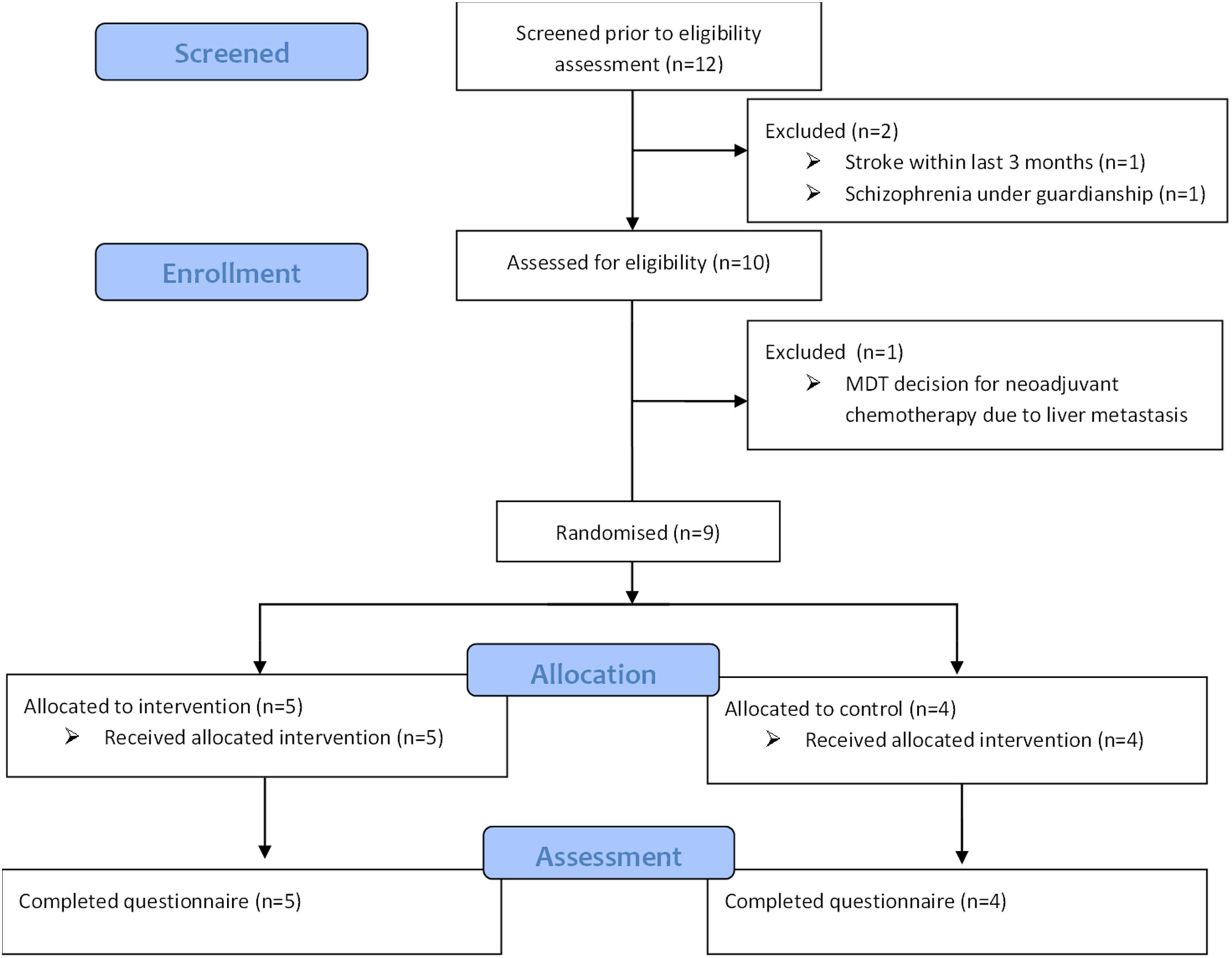
The advancements in VR technology provide an opportunity to improve our communication with patients by integrating an immersive experience into the perioperative discussions. In this pilot study of elective colorectal cancer patients we demonstrate that VR was well tolerated and its use in an outpatient clinic setting is feasible. This study is significant in that it is the first randomized trial of VR in colorectal surgery patients and its findings should be validated in a prospective, statistically powered RCT.
Oral versus intravenous antibiotics in the treatment of uncomplicated colonic diverticulitis: results of a randomized non-inferiority control trial
- Pages: 397-403
- First Published: 14 November 2023
Ileal pouch-anal anastomosis provides good functional and quality of life outcomes following proctocolectomy: A 33-year single centre experience
- Pages: 404-411
- First Published: 17 December 2023
Recurrence after transanal endoscopic microsurgery for benign and malignant rectal tumours: experience of a single New Zealand centre
- Pages: 412-417
- First Published: 14 November 2023
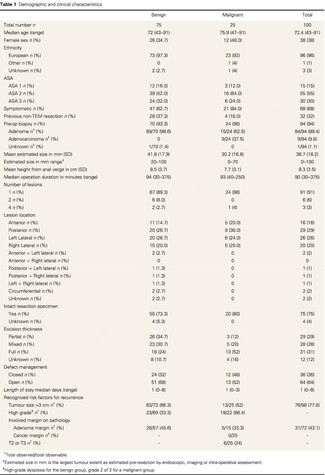
Index transanal endoscopic microsurgery excisions of rectal adenomas and adenocarcinomas at Dunedin Hospital, New Zealand between 2000 and 2020 were examined to determine recurrence rates. Of 75 benign cases, 11 (14.7%) developed local recurrence and of 25 malignant cases, 9 (36%) developed recurrence. Our adenoma recurrence rate was at the higher end of the reported range of 2.4–16%.
Novel stent-assisted ileal bypass is applied to avoid protective stoma and prevent anastomotic leakage for rectal cancer
- Pages: 418-423
- First Published: 20 November 2023
In this work, we reported a novel stent-assisted ileal bypass in eleven rectal cancer patients and found that there was no anastomotic leakage or mortality during the follow-up. Therefore, we demonstrated that this novel stent-assisted ileal bypass is a safe and feasible way to prevent postoperative anastomotic leakage for patients with rectal cancer.
Influence of the type of anatomic resection on anastomotic leak after surgery for colon cancer
- Pages: 424-428
- First Published: 21 November 2023
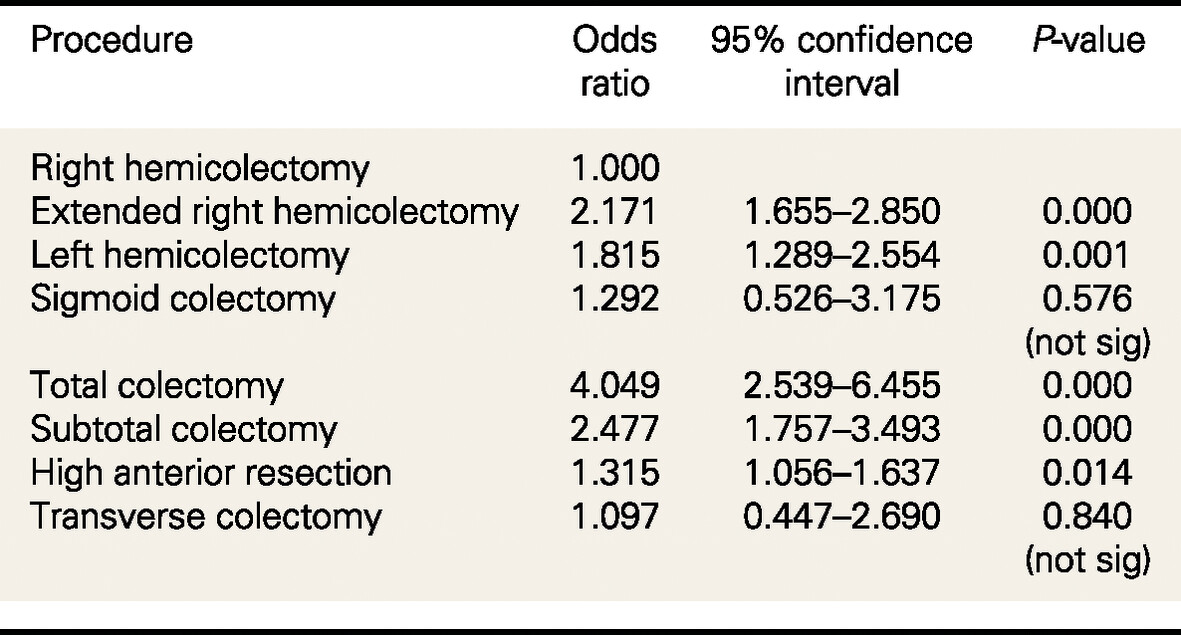
Anastomotic leak (AL) after colon cancer resection is feared by surgeons with its associated morbidity and mortality. Certain types of resection are associated with higher leak rates although there remains a paucity of data on this. This study confirms that AL is more common in extended colonic resections. With growing evidence of similar oncological outcomes between subtotal colectomy and left hemicolectomy for splenic flexure cancers, more limited resections should be considered.
VASCULAR SURGERY
Patient perspectives of quality of life in chronic limb-threatening ischemia: a qualitative study
- Pages: 429-437
- First Published: 27 November 2023

Developing a new disease-specific quality of life instrument for chronic limb-threatening ischemia requires understanding of patients' perspectives of quality of life. A qualitative study using reflexive thematic analysis was performed with patient and public involvement. Resultant themes provide valuable insight into what quality of life means and what matters for patients' quality of life.
Pharmacomechanical thrombectomy of iliofemoral deep vein thrombosis is associated with a low incidence of post-thrombotic syndrome and perioperative complications
- Pages: 438-444
- First Published: 27 November 2023
Evaluation of routine proximal bone analysis for microbiology and histopathology in diabetes-related foot infections and osteomyelitis
- Pages: 445-450
- First Published: 29 November 2023
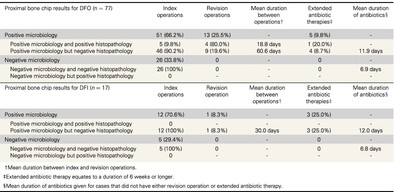
The value of proximal bone analysis for surgical clearance of infection remains debated. Our study evaluated routine proximal bone analysis for microbiology and histopathology in the treatment of diabetes-related foot infections and osteomyelitis. We demonstrated that proximal bone microbiology and histopathology have different clinical roles in guiding treatment following amputation surgeries.
PLASTIC AND RECONSTRUCTIVE SURGERY
Is tropical pus in the hand special? A retrospective study comparing hand infection cases in Darwin and Adelaide
- Pages: 451-456
- First Published: 19 January 2024
Validating the laboratory risk indicator for necrotizing fasciitis (LRINEC) score: a prospective cohort study in a resource limited setting
- Pages: 457-460
- First Published: 10 January 2024
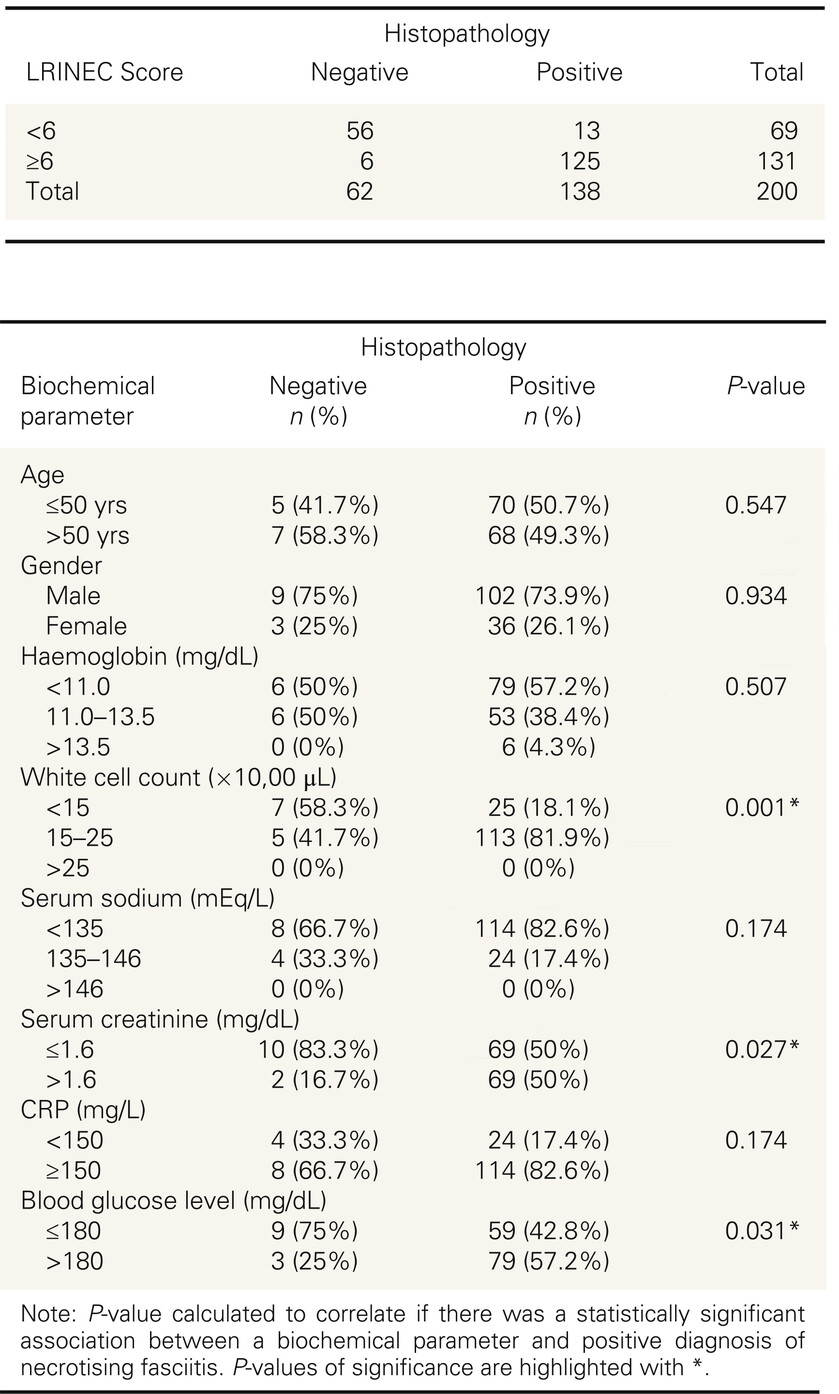
Necrotising fasciitis is a rare and fulminant soft tissue infection, with prompt surgical debridement of the involved soft tissues and necrotic fascia its definitive treatment and any delay associated with increased mortality. The LRINEC score is a clinical adjunct to risk stratify patients presenting to the emergency department with soft tissue infections, utilising common blood tests to calculate a score and stratify patients. We performed a prospective cohort study to ascertain the accuracy of the LRINEC score in identifying patients with necrotising fasciitis in an Indian population, identifying a high positive and negative predictive value. The use of this scoring system can facilitate better allocation of resources and aids in the decision to transfer patients in rural or regional settings, which are often complicated by being a resource limited environment.
Reconstruction of plantar foot defects with free super-thin anterolateral thigh flap
- Pages: 461-466
- First Published: 04 January 2024
HOW I DO IT
How to do laparoscopic repair of perforated anterior duodenal ulcers: a ‘three arches’ falciform patch technique simplifies the approach
- Pages: 467-471
- First Published: 10 December 2023

Laparoscopic repair of perforated duodenal ulcers has proven superior results to open procedures though uptake has been poor. We describe the ‘three arches’ technique as a means of reducing technical difficulty and improving operative efficiency. Our case series of patients undergoing this technique for perforated peptic ulcer disease demonstrates comparable results to other methods of repair.
IMAGES FOR SURGEONS
Secukinumab induced colitis resulting in toxic megacolon
- Pages: 472-473
- First Published: 03 November 2023
The effect of CREST syndrome in planning a DIEP flap reconstruction
- Pages: 474-475
- First Published: 06 December 2023
Subacute ischaemic colitis at Sudek's point requiring Hartmann's operation
- Pages: 476-477
- First Published: 12 November 2023
Idiopathic myointimal hyperplasia of the mesenteric veins: a rare and poorly understood disease
- Pages: 478-480
- First Published: 27 November 2023
A unique presentation of a strangulated epigastric Littre-Maydl hernia
- Pages: 483-484
- First Published: 27 November 2023
Intraoperative diagnosis of rotational instability in femoral shaft fracture non-union revision surgery
- Pages: 485-486
- First Published: 03 December 2023
Necrotising fasciitis secondary to an occult traumatic small bowel perforation into an inguinal hernia
- Pages: 487-488
- First Published: 22 December 2023
LETTERS TO THE EDITOR
Response to ChatGPT in surgical research and practice: a threat to academic integrity, authorship, and divergent thinking
- Pages: 490-491
- First Published: 24 September 2023
Re: Investigating the impact of innovative AI chatbot on post-pandemic medical education and clinical assistance: a comprehensive analysis
- Page: 492
- First Published: 25 September 2023
Response to: Investigating the impact of innovative AI chatbot on post-pandemic medical education and clinical assistance: a comprehensive analysis
- Page: 493
- First Published: 02 October 2023
Re: Investigating the impact of innovative AI chatbot on post-pandemic medical education and clinical assistance: a comprehensive analysis
- Page: 494
- First Published: 02 October 2023
Response to: Investigating the impact of innovative AI chatbot on post-pandemic medical education and clinical assistance: a comprehensive analysis
- Page: 495
- First Published: 09 October 2023
CORRECTIONS
Correction to “Combined procedures for surgical short bowel syndrome: experience from two European centres”
- Page: 496
- First Published: 12 February 2024
Correction to “Palliative resection of the primary tumour improves survival in incurable metastatic colorectal cancer”
- Page: 497
- First Published: 07 March 2024




